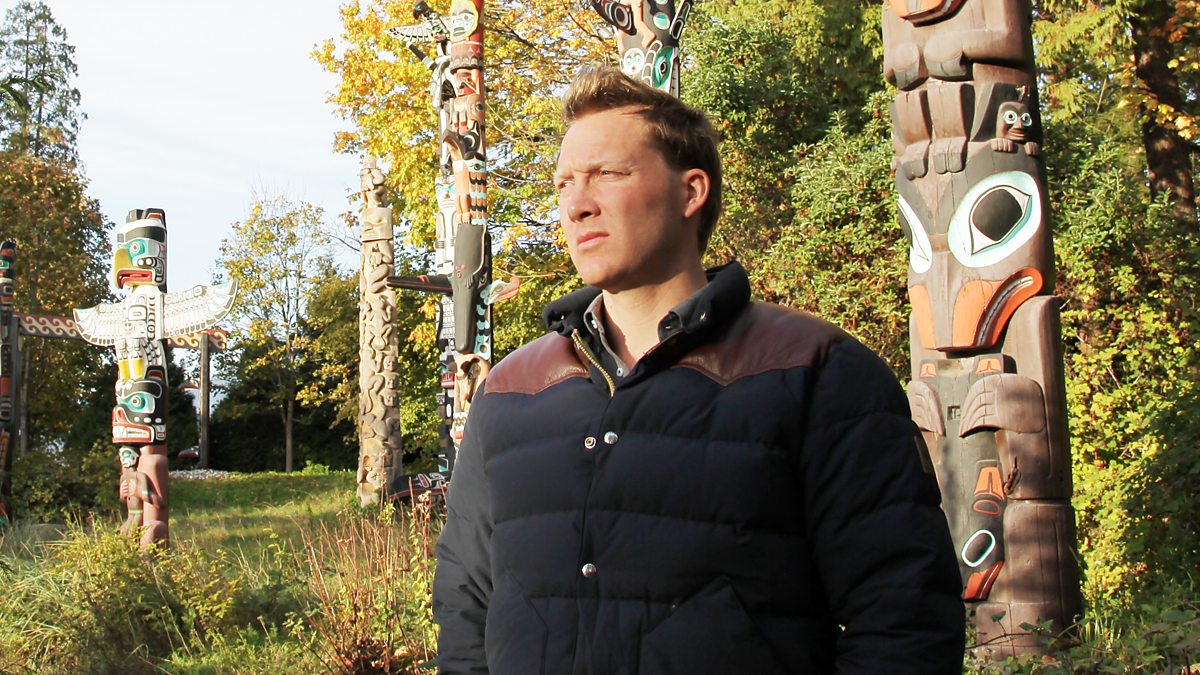Many thanks, Belgrove and Richard.
I actually have a copy of Sapiens waiting on my shelves to be read, so I'll read that before I make any more higgerent comments.
I actually have a copy of Sapiens waiting on my shelves to be read, so I'll read that before I make any more higgerent comments.







Comment